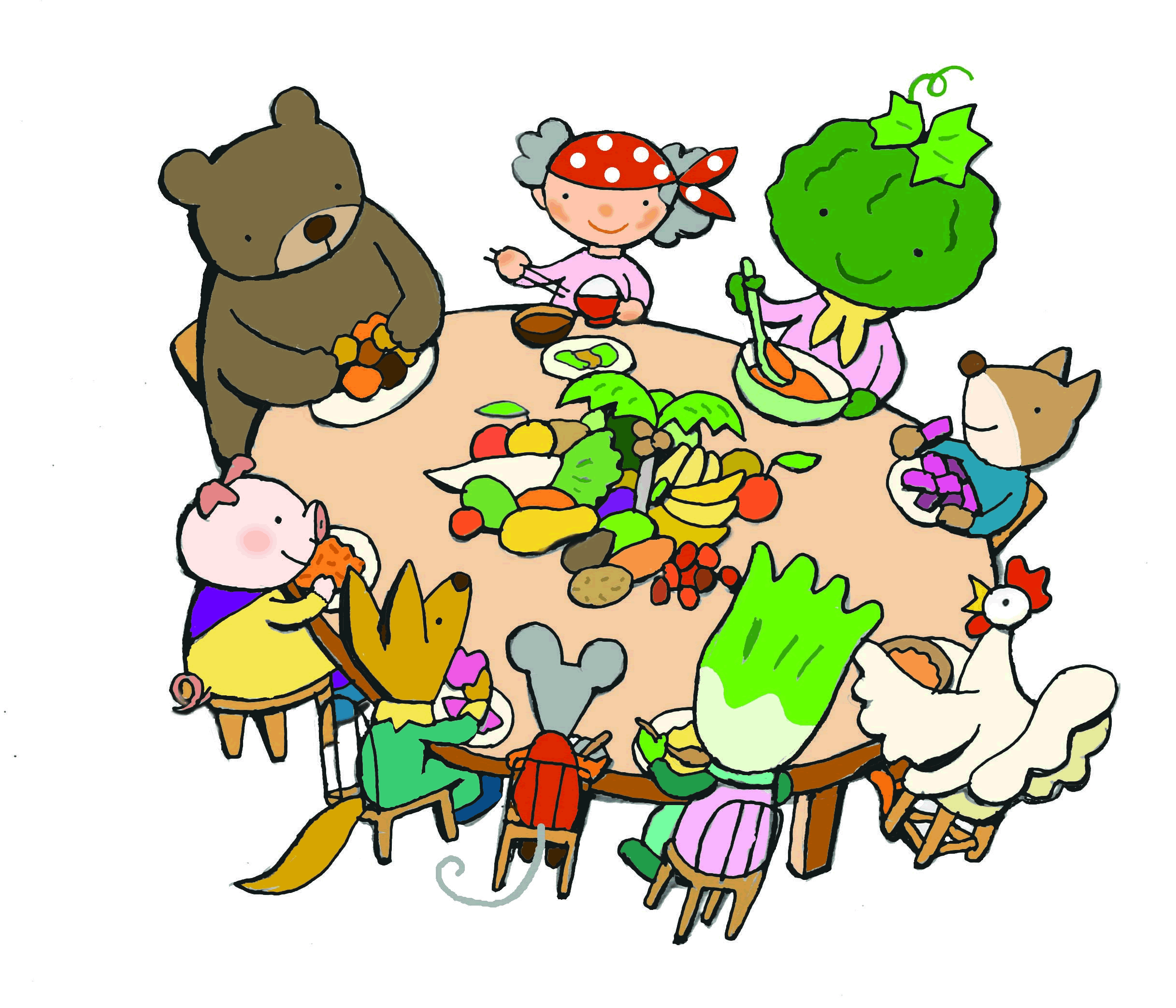In what may have been the world’s first protest against a genome edited GMO food product, the GABA tomato, activists from Consumers Union of Japan and the No! GMO Campaign gathered outside Sanatech’s offices in central Tokyo, Japan on 23 December 2020.
Letter sent to Sanatech:
To: Sanatech Seed 14 December 2020
From: Consumers Union of Japan, No! GMO Campaign
Open Letter of Inquiry on Genome Edited High GABA* Tomatoes
We are a consumer organization that is working for food safety.
It has been reported that your company is distributing free of charge high GABA tomatoes produced with genome editing technology for home gardening. We believe that genome editing technology, like genetic modification technology, is potentially risky as it can cause unintentional genetic mutations and create unexpected harmful substances in crops. We are concerned that it is a big problem that genetically engineered foods, whose safety has not been fully confirmed, are being used for food.
We have some doubts about the explanatory materials that your company submitted to the Ministry of Health, Labor and Welfare (MHLW) and posted on the MHLW website, and we believe that the act of free distribution for home gardening, as announced by your company on your website, is tantamount to human experimentation.
We would like to ask you a few questions about your explanatory materials and your thinking. We will publish your response on our website.
The biggest concern about GM crops is the production of unexpected harmful substances due to unintentional genetic mutations that occur in the process of genetic engineering. In relation to this, we would like to ask the following questions:
(1) In the explanatory materials, you say that you searched for off-target candidates using two methods and investigated mutations in areas common to both methods.
(2) Instead of narrowing down the off-target candidates, you should check all the genes to see if there are any off-target cases.
(3) In the description of the allergen confirmation, there is a phrase “where mutations were identified in the target sequence and off-targets,” which contradicts the explanation in the previous section that there were no off-targets.
(4) Allergen identification was performed only for the locations where mutations were identified in the target sequences and off-targets.
(5) Tomatin was analyzed and it is stated that “Since tomatin did not increase, it is assumed that the analogues of tomatin and other alkaloids did not increase as well.”
(6) Please disclose which substances were analyzed for changes in composition compared to the pre-genetically engineered crop, and what the results were.
2. We believe that the “substantial equivalence” assessment of genetically modified crops is not a guarantee of safety because it does not confirm the production of the unexpected harmful substances mentioned above. Genome edited crops are not subjected to “substantial equivalence” review, but it is tantamount to human experimentation to use them for food without any confirmation of safety. In relation to this, we would like to ask the following questions:
(1) An antibiotic resistance gene is used as a marker gene, and a cauliflower mosaic virus gene is used as a promoter gene. What kind of research has been conducted on the effects of these genes, which may lead to unexpected genetic mutations?
(2) Do you have any plans to conduct animal experiments to confirm the safety of the product?
(3) In the explanatory materials, it is stated that the recommended intake amount will be indicated when the product is put on the market, but how do you think it will affect pregnant women, people with underlying diseases, and infants with an underdeveloped blood-brain barrier?
(4) Do you think that consumers who apply for the free distribution of genome edited crops for home and garden use will do so after learning about the risks pointed out by consumer groups? Or will they only apply based on your explanation of safety?
(5) How do you plan to understand the health effects of high GABA tomatoes?
This genome edited tomato was developed as a national project. Since the taxpayers’ money has been invested in this project, there should be social responsibility based on this. We would like to ask a few questions regarding this point:
(1) How much funding was provided by the government?
(2) Why are you rushing to market before you have a social consensus?
(3) How much of your budget is used to acquire intellectual property rights?
(4) Please stop the free distribution of high GABA tomatoes without sufficient safety confirmation.
* GABA = Gamma-AminoButyric Acid
Read more about the GABA tomato over at Citizen’s Biotechnology Information Center Japan’s first genome-edited food item, a tomato, gets green light for distribution


